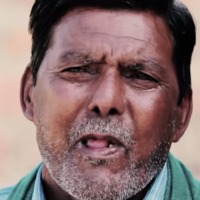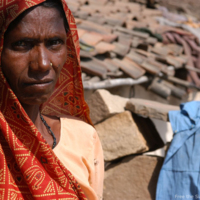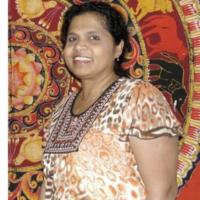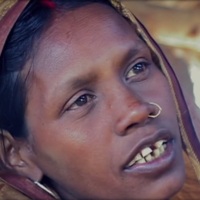
We have been working for him for the last three years and he hasn’t paid anything or settled our payments so far. This year we did not go to his brick kiln. He has filed a case on us for an amount of 125,000 rupees ($1950 USD). He send the police to our home twice everyday, abuses and threatens to hurt my children and make them incapable to work. He calls me up and abuses in filthy language and threatens to abduct my daughters. Twelve members of our family work in the kiln. We used to take out the baked bricks and stack them. All of us worked day and night in the kiln. We were made to take out really hot bricks. Only the hands and hearts of our children know how hot those bricks were. He made us take out extremely hot bricks that our hands got burned. Our children weren’t able to use their hands, not even to eat food.
Narrative and image provided by Anti-Slavery International









